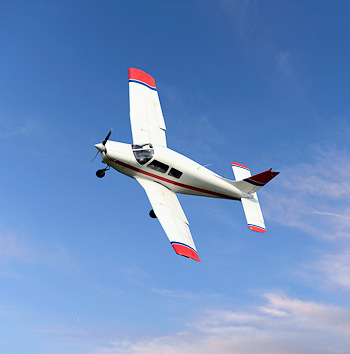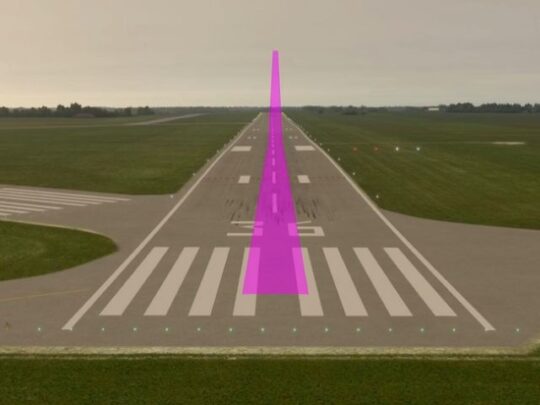Subscriber question:
"When I was a student pilot, I spent a lot of time in the practice area doing steep turns and slow flight with my instructor. Are these good exercises to help maintain stick and rudder skills? " - Sal S.
Tom:
 “By stick and rudder skills, we generally mean maintaining good rudder coordination. Why is rudder coordination important? Coordinated flight reduces drag for maximum performance. But the most important reason to keep the slip/skid ball centered is to keep the angle of attack equal on both wings, so that if one wing stalls the other wing stalls at the same time. A stall in uncoordinated flight means one wing will stall while the other wing is generating significant lift. The airplane will snap over and enter a spin.
“By stick and rudder skills, we generally mean maintaining good rudder coordination. Why is rudder coordination important? Coordinated flight reduces drag for maximum performance. But the most important reason to keep the slip/skid ball centered is to keep the angle of attack equal on both wings, so that if one wing stalls the other wing stalls at the same time. A stall in uncoordinated flight means one wing will stall while the other wing is generating significant lift. The airplane will snap over and enter a spin.
When do you need to work the hardest at rudder coordination? At high angles of attack, and when the airplane is under greater than one G load. Practicing maneuvers involving these conditions are the best rudder coordination exercises.
Flight at minimum controllable airspeed, or slow flight, is an excellent exercise for improving rudder coordination. As the airplane slows in level flight the wing’s angle of attack increases. The volume of air blowing past the rudder decreases, meaning you need more and more rudder to maintain coordinated flight. With slow flight practice, you’ll develop a sense for increasing and decreasing rudder pressure as you sense the wing’s angle of attack change.
Increased G loading increases the wing’s angle of attack, requiring an increase in rudder to keep it coordinated. The most common way to practice flight at greater than one G is to fly steep turns at a constant altitude. A 45-degree steep bank in level flight results in about 1.4 Gs. A 60-degree level bank generates 2 Gs. Maintaining good rudder coordination in steep turns is an excellent practice for instinctively changing rudder input as G-load changes.
There are times when you do not want to keep the slip/skid ball centered. Steep slips and crosswind landings come to mind. But by practicing slow flight and steep turns, you’ll develop an ability to maintain coordinated flight in high angles of attack and increased G load conditions.”
Which exercise do you find most useful for practicing stick and rudder coordination?

